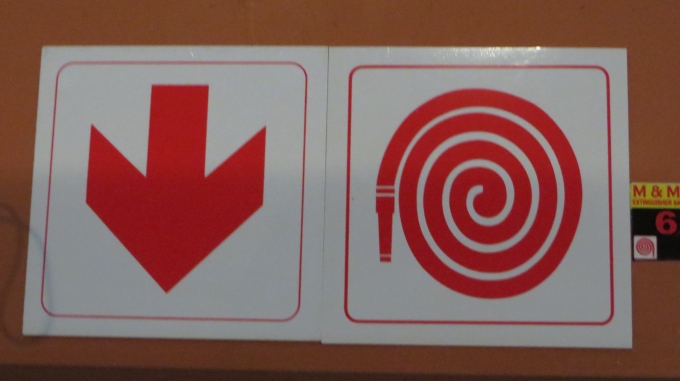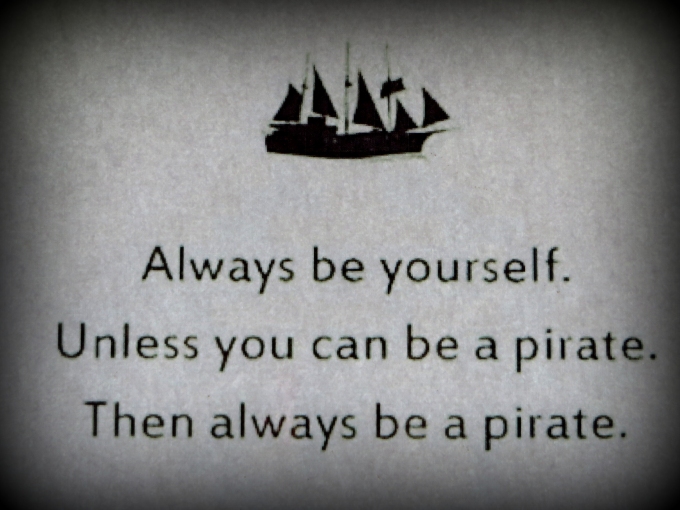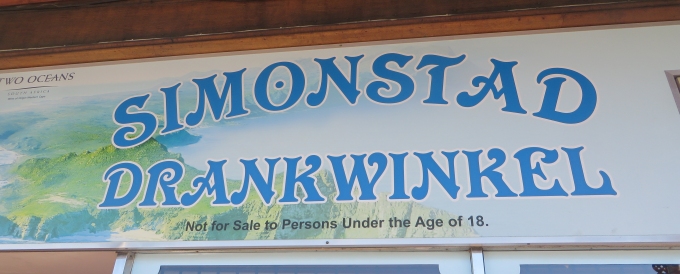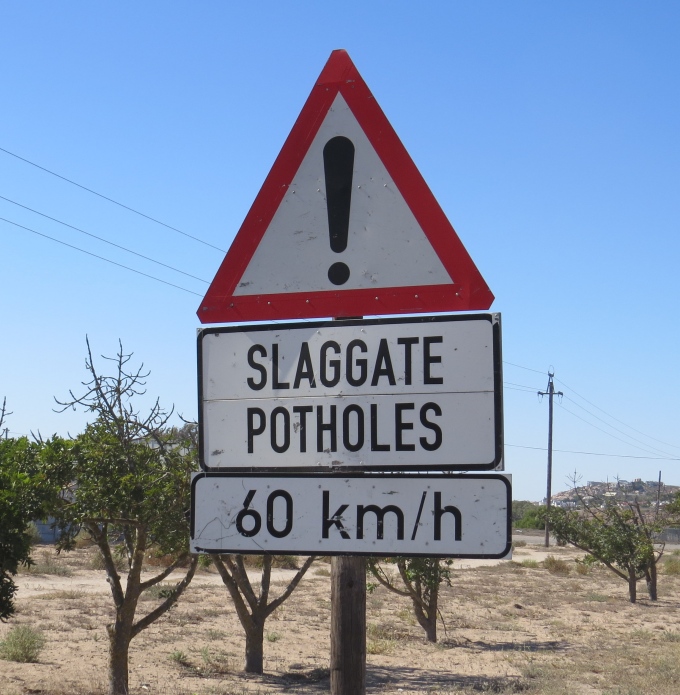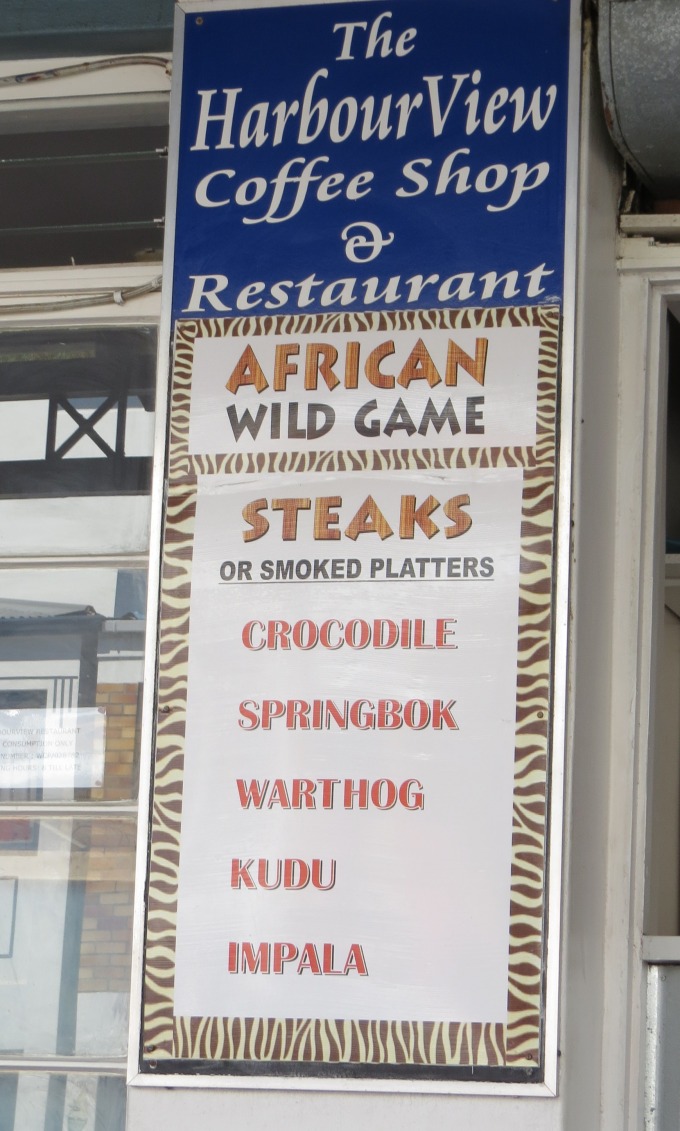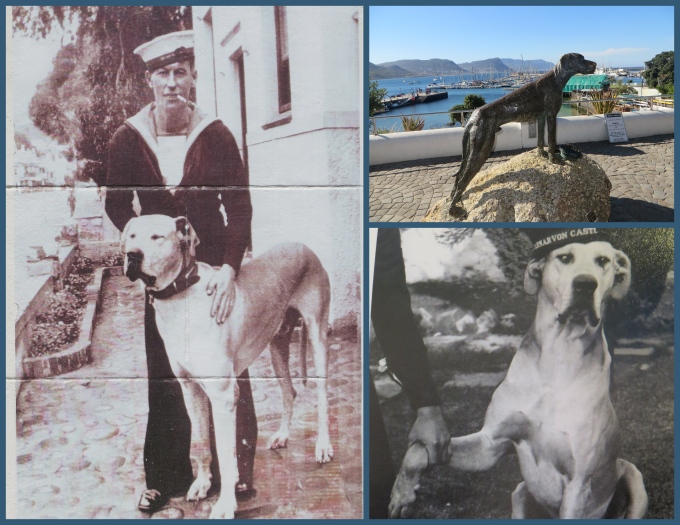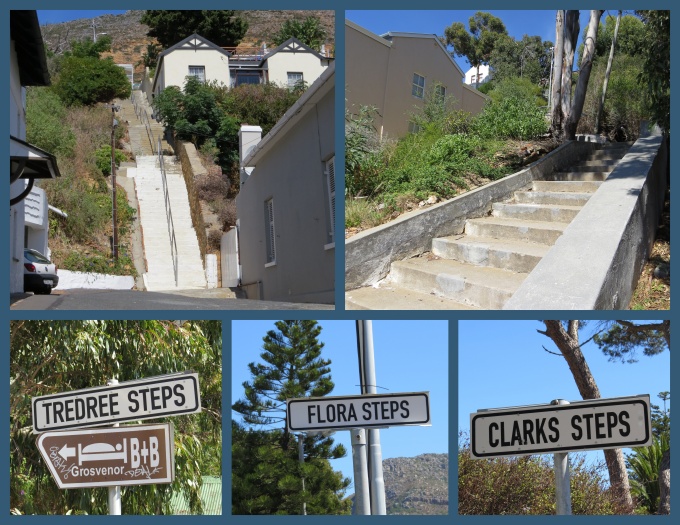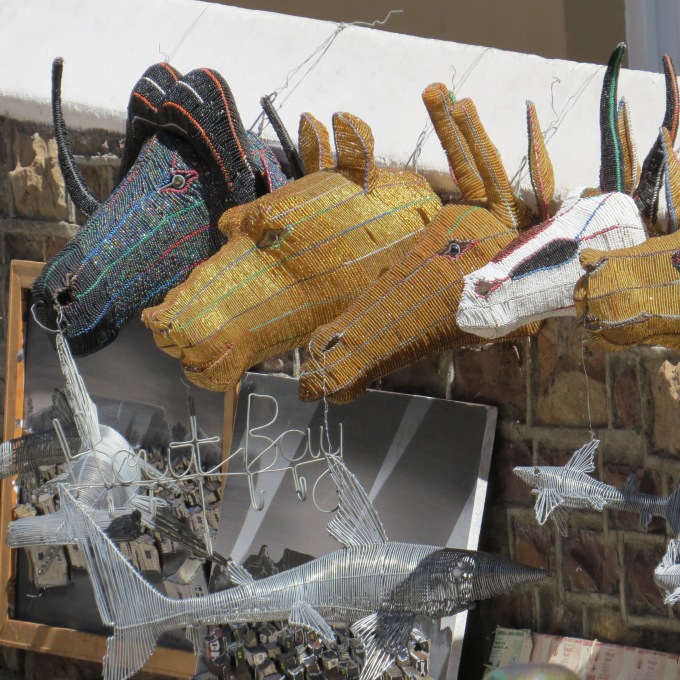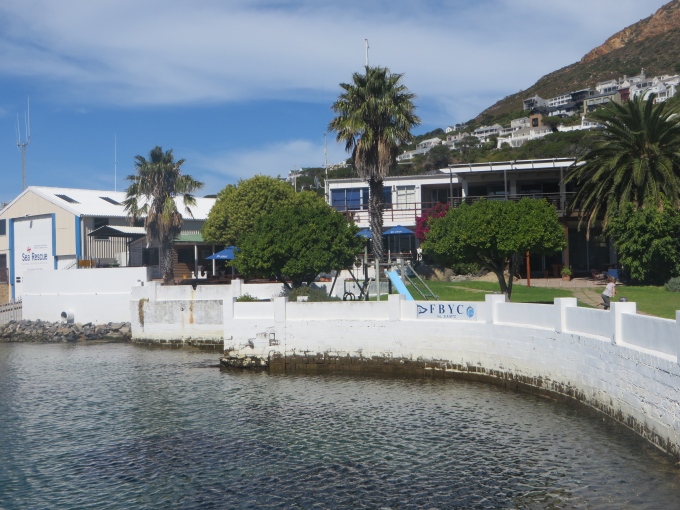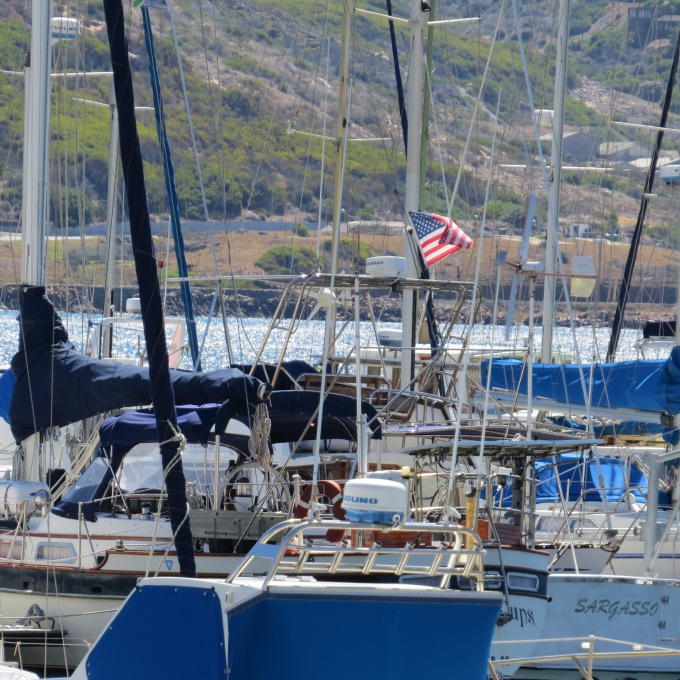If you're new to the Just A Little Further website, it's much, much more than just a blog. Take the time to look around and browse a bit. There are photos galore, lots of destinations to explore, videos to watch and articles to read. Something to keep you amused, informed and hopefully inspired.
Rounding the Cape of Good Hope
/Dias named it the Cape of Storms when he rounded it in 1488. Portugal's King John II changed the name to the Cape of Good Hope, in anticipation of finding a trade route to India. In 1580, Sir Francis Drake called it the "The Fairest Cape in all the World". It's the legendary home of The Flying Dutchman, whose ghostly crew is forever doomed to beat its way around the cape without ever successfully rounding the headland. It's the domain of the castigated Portuguese mythical Titan, Adamastor, who sunk ships trying to enter his domain in the Indian Ocean.

We slipped from our berth in Simonstown into the calm, flat waters of False Bay just before sunrise.
Seals raised their flippers and jumped in the air. Dolphins swam at the bow. Birds dipped their wings. All Neptune's creatures seemed to be celebrating with us as we prepared to round the Cape of Good Hope.
The 60 nautical mile daytrip began as benignly as a passage can be. The sun was soon swallowed up by grey skies as we motor-sailed to Cape Point with light, variable winds and a little current behind us.
The last time we were at the Cape of Good Hope, it was on land at South Africa's Cape Point National Park in 2007.
At that time, we had gazed out on the Atlantic from the top of Cape Point, looking down on the lighthouse below.
This time, we had a different view of the lighthouse ...
and a whole different view of the Cape of Good Hope.
David hauled out our best Mauritian rum and offered Neptune a good tot, thanking him as always for his continued protection of Cups and crew as we rounded the fifth and last of the great southern capes and headed to Cape Town … at last.
A Saunter in Simon's Town
/Simon's Town is more than just Boulders Beach and penguins. It's a delightful little touristy, but quaint seaport town with the Simon's Town Marina and the False Bay Yacht Club offering a welcome respite for cruisers sailing across South Africa's rugged south coast. We only had a couple of days here and wanted to make the most of our time. When I asked David if he had any repairs to make, he smiled. “Nope, none at all. Plan our day.” Gotta love my captain!

According to Simon's Town historical information, the town was originally named after Simon van der Stel, the Dutch governor of the Cape Colony between 1677 and 1699 who determined that this harbor, tucked into False Bay on the east side of the Cape Peninsula, would make a good alternate harbor to Cape Town during the stormy winter months. When the Brits took over (for the second time) in 1806, it became the Royal Navy Base and a huge man-made sandstone breakwater was erected … which still stands today. Among other things, this British squadron was tasked with keeping tabs on pesky Napoleon who was imprisoned 1,800 miles away on St. Helena Island. The base is now a center of operations for the South African Navy. Below is an old sketch of Simon's Bay from 1806.
Actually, my plan for the day was no plan at all. I was happy to walk and just wander around town and see what we could see. We ambled along Main Road, which changed its name about six times in the course of our travels. The mountains form a dramatic backdrop to the town which is built along the shore and creeps up the steep mountainside. Many of the buildings are historic and it was interesting to differentiate the British from the Cape Dutch architecture.
One very notable past resident of the town was Able Seaman Just Nuisance, the only dog ever enlisted in the Royal Navy. According to legend, the local navy men took a liking to a Great Dane who lived and wandered about Simon's Town and they adopted him as their mascot. A request was sent to the Britain asking that the dog be allowed to join the Navy. Permission was granted and the dog was brought to the Recruiting Officer. “Name?”, inquired the recruiter. “Nuisance, Sir”, the sailor replied. “First name?” “Just Nuisance, Sir,” the sailor affirmed … and so the legend began. There's even a statue of Just Nuisance in Jubilee Square near the town wharf.
Just up from Main Road, we noticed the Old Seaforth Burial Grounds (1813-1910) and stopped to read and admire the early gravestones. Some were fallen and in sad shape, but some had withstood weather and time, still bearing tribute to those whom they remembered.
There are several sets of steps leading up, up, up the mountainside. Flora Steps, Clarks Steps, Tredree Steps and more … we had no urge to climb any of them.
Craft stalls and kiosks are all over town with every imaginable (and some unimaginable) type of souvenir on offer ... carvings, weaving, artwork, masks, clothing, jewelry. I enjoyed looking, but didn't buy a thing except stamps and postcards. The beadwork, in particular, was intricate and had I had a place for some of the larger pieces, I might have considered buying. It's one of those things though that catches your fancy at a particular moment and place and then you question your sanity when you get it back home and wonder where you'll put it.
We ended up back at the False Bay Yacht Club for a late lunch. It's a pleasant, friendly place with nice amenities like clean, hot showers, a restaurant, a bar and free wifi.
You can see the marina nestled behind the Navy base from most any high vantage point in town. It was always easy to spot Nine of Cups. Hers was the only American flag flying high in the marina.




